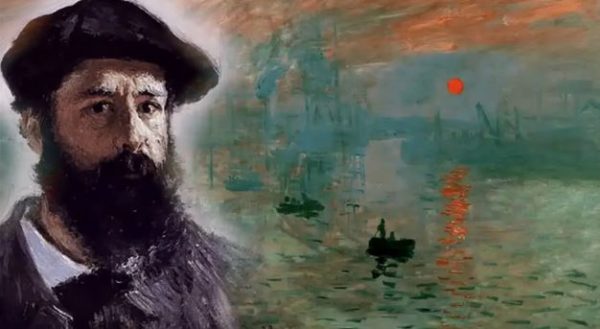Imagine being an artist whose entire career revolves around the play of light and colour, only to lose your eyesight to cataracts. That was the case of Claude Monet, a French painter, born on November 14, 1840
Monet was an excellent painter and he, alongside other artists like Pierre-Auguste Renoir and Edgar Degas, pioneered the artistic movement called Impressionism, which focuses on the shifting effects of light and colour in the natural world.
His signature style involved using loose brushstrokes and vibrant colours to create paintings that conveyed the atmosphere and mood of a moment. He often painted en plein air (outdoors) to capture the changing effects of light and weather.
As Monet entered his sixties, he began to experience changes in his, particularly regarding his perception of colour. At age 72, he was diagnosed with nuclear cataracts in both eyes. By 1918, the artist could no longer perceive colours with the same intensity, neither could he accurately interpret sunlight and was declared legally blind. But despite this, he continued painting.
Some other of his notable works include:
Water Lilies series: Monet’s series of water lily pond paintings, including Water Lilies and Japanese Bridge.
Impression, sunrise: This painting gave the Impressionist movement its name and is considered one of its seminal pieces.
Rouen Cathedral series: Monet created a series of paintings depicting the Rouen Cathedral at different times of the day and under various lighting conditions.
Haystacks and Poplars series: These series focused on the changing light and atmosphere around haystacks and poplar trees.
Monet’s work had a profound influence on the development of modern art, and he is regarded as one of the most important painters of the 19th and 20th centuries. The fact that Monet continued to paint despite the impairment of his eyesight is astounding.


